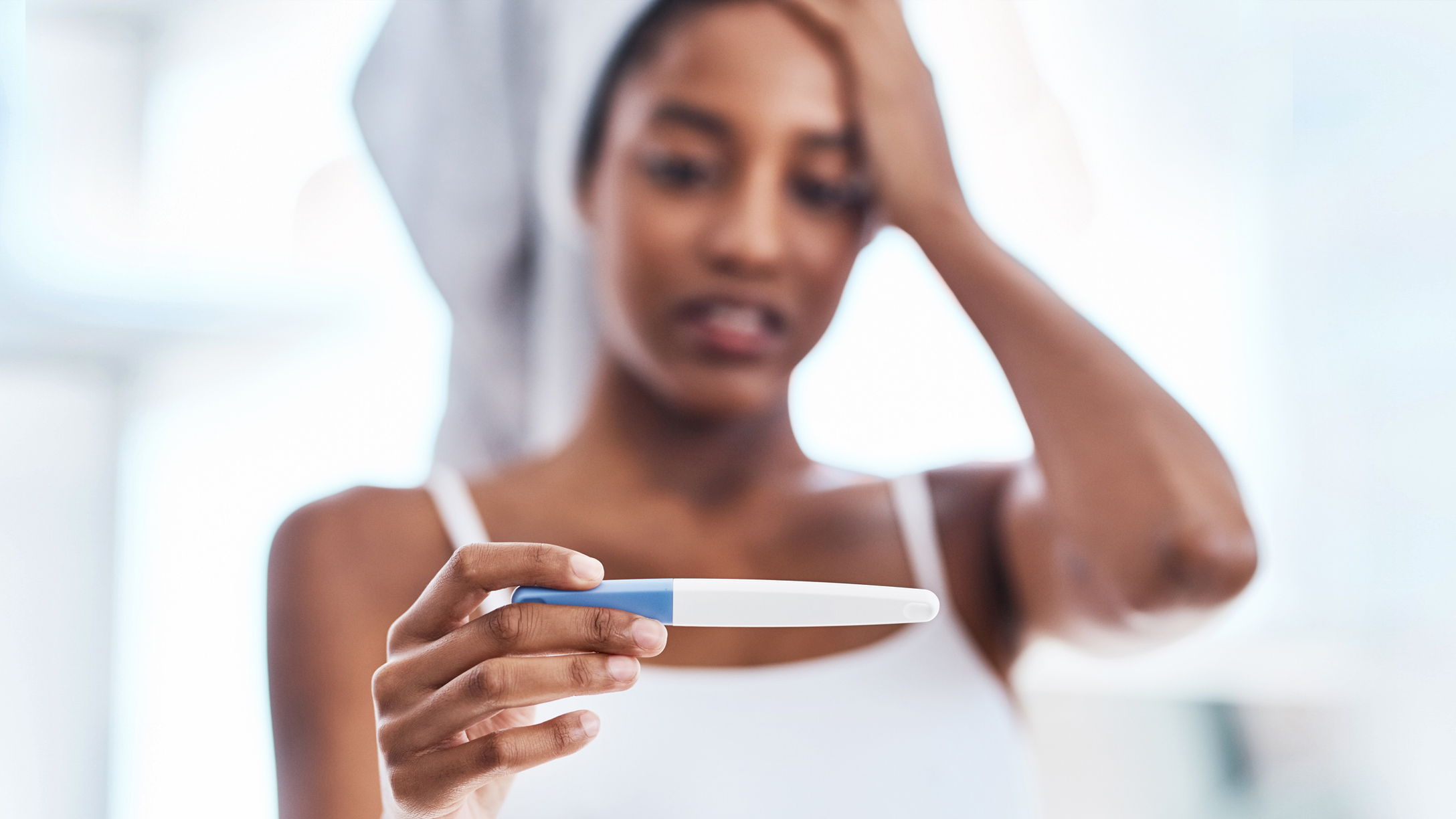
In this article
It can be a real headache to go through all the available birth control options. There are so many factors to consider and it all depends on your lifestyle, your future plans, and how comfortable you are with the risks. One permanent solution is tubal ligation — but we’ve all heard stories of surprise pregnancies occurring after. Before you decide on this procedure, ask the important questions: what do you need to know about tubal ligation and can you get pregnant with your tubes tied?
What is tubal ligation?

Also called a tubectomy or “getting your tubes tied,” a tubal ligation is an outpatient surgical procedure that blocks or cuts your fallopian tubes for the purpose of preventing an egg from traveling from your ovaries to your uterus. Keep in mind, it does not prevent you from getting a sexually transmitted infection (STI) nor does it prevent you from having a regular menstrual cycle.
Even though tubal ligation is safe, like all medical procedures there are risks involved, with serious problems occurring in less than 1 out of 1,000 procedures. Some of the risks associated with a tubectomy are:
- Ectopic pregnancy
- Pregnancy due to procedure failure
- Infection or improper wound healing
- Side effects from anesthesia
- Bleeding (from either the incision or within the abdomen)
- Constant pelvic or abdominal pain
- Damage to abdominal organs (e.g.: bladder, bowel, major blood vessels)
Factors that increase your likelihood of having complications from tubal ligation can include:
- Diabetes
- Obesity
- History of abdominal and/or pelvic surgery
Recently, doctors are increasingly recommending a salpingectomy which permanently removes the entire length of the fallopian tubes. Not only does it reduce your risk of ovarian cancer, it provides an even lower risk of pregnancy. It is exceedingly rare (though not impossible) to become pregnant after a salpingectomy.
What happens if you get pregnant with your tubes tied?

Although tubal ligation is very effective at preventing most pregnancies, it is not perfect. For some people who've had the procedure — like YouTuber and mom of two Larisha Bernard — stories about tubal ligation failure and complications causes ongoing concern. “This freaking terrifies me because I swear I'm going to be one of them,” she told Mom.com.
How realistic is this fear? Well, it depends.
In general, the odds of pregnancy after tubal ligation for most people is usually cited as 1 in 200 (0.5%). But according to the American Pregnancy Association, it’s closer to 1 in 1,000 (0.1%) after the first year and between 2 and 10 in 1,000 (0.2 to 1%) after 5 years.
However, a lot depends on the age at which you have one. The younger you are at the time of tubal ligation, greater risk of a pregnancy occurring. According to the University of Pittsburgh Medical Center, the rates of pregnancy after a tubectomy are:
- 5% in women under 28
- 2% in women aged between 28 to 33
- 1% in women aged 34 and above
Obstetrician and maternal mortality expert Dr. Alan Lindemann told Mom.com that most pregnancies after a tubal ligation are tubal (a pregnancy in the fallopian tube) or ectopic (a pregnancy outside of the uterus).
This can happen when your fallopian tubes grow back together in a process called recanalization. Other reasons a tubal ligation may fail include:
- Scar tissue blocking the way
- An opening developing where the fallopian tubes were
- Incorrectly performed procedure
- You were pregnant at the time of procedure
While the signs of pregnancy after tubal ligation are the same as pregnancy in general, you may also need to look for signs of an ectopic pregnancy.
The symptoms of an ectopic pregnancy include:
- Abdominal or pelvic pain
- Light vaginal bleeding
- Pelvic pressure (particularly when pooping)
If you do have an ectopic pregnancy, this means that the fertilized egg has not implanted in your uterus and is either in your fallopian tube or somewhere it cannot grow. This can cause your tubes to burst or internal bleeding which can lead to fainting or shock. Seek immediate medical treatment if you experience any of the following:
- Extreme lightheadedness or passing out
- Severe pain in stomach or pelvis
- Severe vaginal bleeding
- Shoulder pain
What to do if you become pregnant after tubal ligation

If you find that you’re pregnant after a tubectomy, your treatment really depends on where the pregnancy is and how many there are.
In the case of an ectopic or tubal pregnancy, neither situation is viable for the fetus and also endangers the life of the pregnant person. If it’s early enough in an ectopic pregnancy, your doctor may prescribe methotrexate, a drug that can stop the egg from further growth or causing bleeding. If this is ineffective, then you will need surgery to remove the tissue. The doctor will either try to repair the fallopian tube or remove it altogether.
“If on the outside chance the fetus gets to the uterus, then the pregnancy may be continued,” said Dr. Alan Lindemann. “There is a rare possibility that there can be two simultaneous pregnancies: one in the tube and one in the uterus. In this case, the tube and the pregnancy in the tube must be removed. However, the pregnancy in the uterus may remain.”




